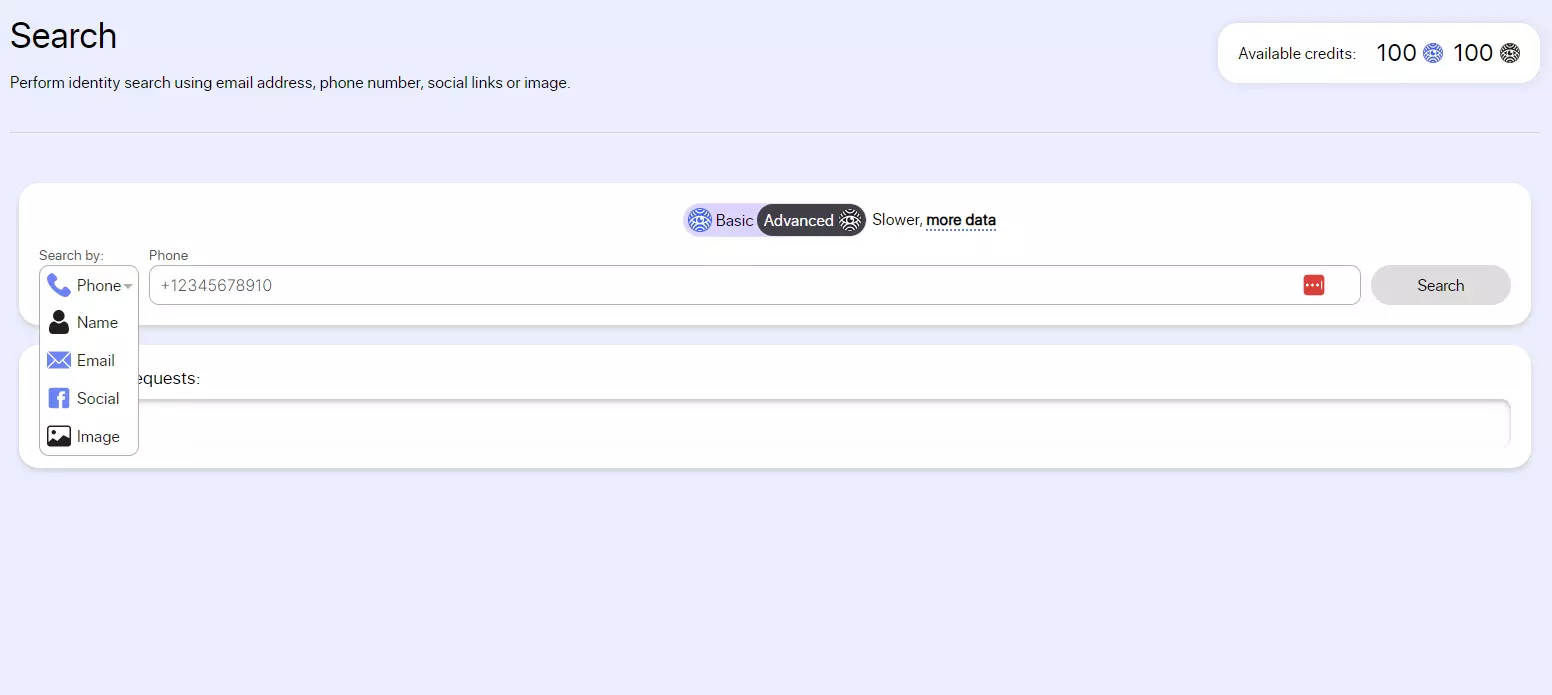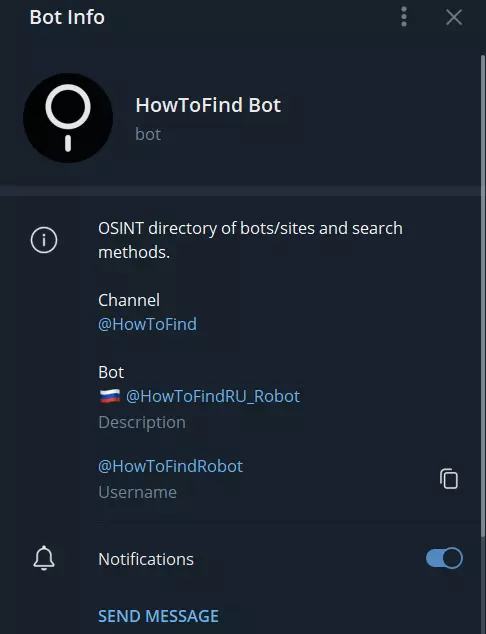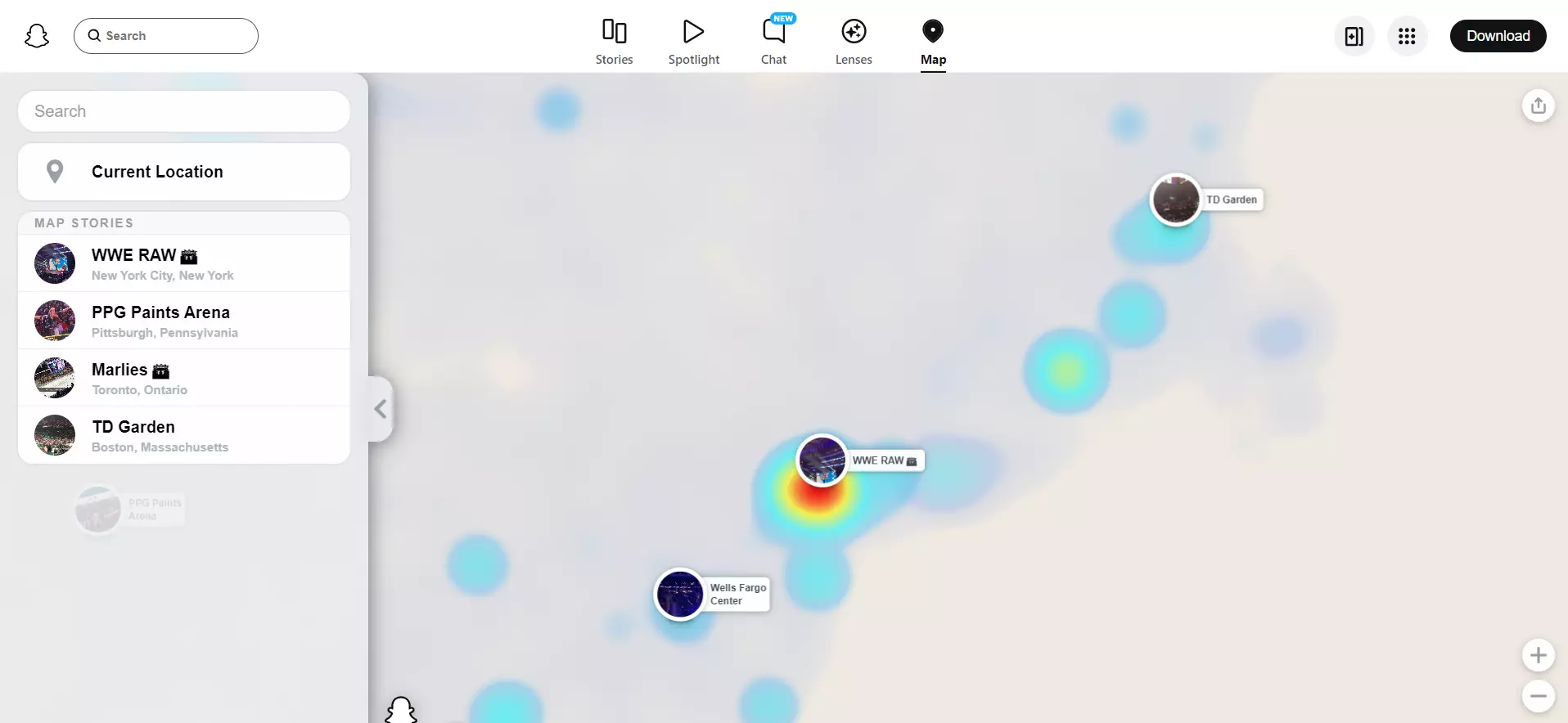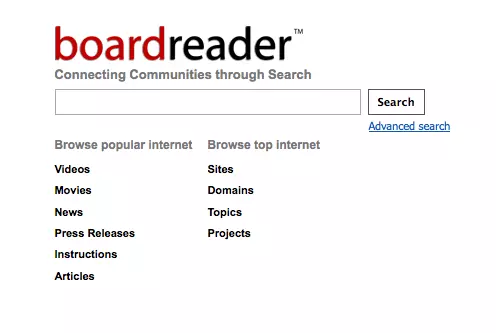A Full Guide To Open Source Intelligence (OSINT): How to Create a Person Profile in 2024
Want to know some industry insider knowledge to enhance your OSINT investigations? Use this guide to open source intelligence (OSINT) to get better results faster.

Ever wondered how much digital footprint you have left knowingly or unknowingly? If you did not think carefully about your every site registration, geotag or post, the odds are that someone can track down your offline persona. Person of interest investigations via OSINT tools are no longer a luxury available to a select few. Many HRs, lawyers or simply tech-savvy users conduct research to reveal secrets about a suspicious individual.
Do you want to leverage OSINT in order to check on an untrustworthy person with all the tools available? Learn how to cover your own vulnerabilities and exploit the vulnerabilities of others with this comprehensive guide to Open Source Intelligence (OSINT) in 2024. In order to reveal the insider details, we’ve conducted an interview with a Chief OSINT Research Officer, Andy, from an X-Ray Contact data aggregation platform.
How You Can Collect OSINT in Practice
When it comes to the person of interest investigation, it is essential to combine a variety of OSINT services to get a comprehensive result. We will explain all key steps one by one as well as showcase their benefits.
Determine Whether You Are Looking for a Real Person

First of all, the goal of the OSINT research is to determine whether the team is looking for a real person or a fake account. In cases where the photo is available, it is important to look for signs that the picture was generated by AI, such as the number of fingers or face distortion. In case the photo was stolen from a different account, opt for a reverse image search and pay attention to the time an account was created to spot a fake.
Conduct a Background Check
In a nutshell, OSINT is used to identify and gather background information on individuals who are subjects of interest. This may include obtaining details such as names, addresses, phone numbers, social media profiles, and employment history.
“There doesn’t exist one correct way to organize a person of interest investigation. Instead, it can be divided into branches based on what information we have at hand, such as a username, phone number or photo. First, we should make the pool information we have as wide as possible with OSINT aggregation tools,” — said Andy, Chief Research Officer at X-Ray Contact.
Using X-Ray Contact for Data Collection

X-Ray Contact can be helpful when it comes to finding personal information from the database. You can input any personal details you already have, like a name, photo, email or social media links. This provider of OSINT will then compare it to millions of other profiles and present you with a report that contains all possible matches. Thus, you can kick off the person of interest investigation with a richer personal profile.
This step is especially important in order to find out whether you are trying to create a profile of a real person in the first place. Since scammers might use stolen photos and made-up personal details, it is convenient to verify the authenticity of the person using X-Ray Contact. Only then should you invest efforts in in-depth OSINT gathering methods.
Expand the Pool of Available Information

After collecting all the basic information from public searches, it’s time to leverage OSINT Telegram bots to go through databases. They help to find documents available online and other government-verified information, such as a registered place of residence or a criminal record. Some of the reliable research bots are:
- t.me/HowToFindRU_Robot, which works for source and contact search.
- pimeyes.com, which is useful for image search.
“OSINT Telegram bots are an absolute must-have. You can use them to get access to the sources with possible information of interest. That’s how you can disclose location having just a phone number, for example,” — adds Andy.
Pay Attention to Usernames
Oftentimes people tend to use the same nickname or its variation across various platforms. With this information, an OSINT researcher can check the person all over social media, forums and even porn sites to verify integrity and reputation.
Monitor Ongoing Social Media Activity
Social media platforms are rich sources of information that are dynamic and fleeting. Investigators use OSINT to monitor and analyze individuals' social media activity, identifying connections, interests, and potential networks that may be relevant to the research.
Utilizing Snap Map for SOCMINT

The focus of Snap Map is on monitoring trends based on the geotagged posts in a certain area. The users can leverage this OSINT instrument to make sure that the location coordinates have not been fabricated. Moreover, it is useful for identifying news and spotting local events.
Tracking With BoardReader

BoardReader works as a search engine that focuses on forums and message boards, making it a valuable OSINT tool for tracking discussions and user-generated content across various online communities. Therefore, it is convenient to track down certain usernames, keywords or hashtags across different platforms simultaneously.
Saving Data With WebPreserver
Since the social media landscape changes all the time and users might wish to clean up their digital footprint, WebPreserver is a useful OSINT instrument for checking and downloading online records. This tool can be automated to preserve data created for years just in a few hours of browsing. Hence, all pieces of digital evidence will be stored safely no matter how the user decides to alter their profiles in the future.
Dig Deeper with HUMINT
When a piece of the puzzle is missing even after all the information has been collected, OSINT researchers choose the HUMINT approach as the last measure. One can leverage OSINT with human interaction to engage directly with a person who has the needed data.
“HUMINT works similarly to the secret shopper job. After studying the object of investigation, the researcher prepares a legend that would be believable for the target. For example, the OSINT researcher can pretend to be a journalist and find out some information from the person,” — notes Andy based on his own experience.
Wrapping Up the Investigation: The Ethics of OSINT
The question arises, to what extent are OSINT investigations justified from the moral ground? From Andy’s perspective, all information gathered online is fair game as it doesn’t differ much from making a search engine search. However, hacking is a big “no” when it comes to ethical OSINT. Therefore, we recommend not crossing a line between sourcing information from public sources and invading an individual’s privacy.
Prepared by X-Ray Contact’s Communication Team
